
Nowhere does art feel more global than at the biennials and exhibitions that happen at such regular intervals that their devotees can confidently book their hotel tickets up to five years in advance. Certainly this is true at Documenta 13 in Kassel, Germany—a place with no particular history of strong artistic production in its own right, albeit a site with a very significant role in history itself. Yet in this global arena (this year’s Documenta includes physical or conceptual sites in Kassel, Kabul, Alexandria/Cairo, and Banff in Canada), a theme amongst the disparate works is a sense of place, a groundedness within the local—within the issues of the artist’s particular time and place—and one that is often framed within the larger historical scope of war. Though one theme among many (the exhibition included nearly 200 artists), this investigation of specific, localized moments in cultural and political history strikes a particular chord in Kassel, a tiny city smack in the center of Germany that was badly damaged by Allied bombs during World War II. The exceptional quality of the art on view and the panoply of locations from which they came make the associations, possible through the works’ juxtaposition, all the more striking and layered.
Mohammad Yusef Asefi’s contribution resonates most strongly within recent collective memory: as a conservator at the National Gallery of Kabul in Afghanistan, he carefully covered over the animals and human figures (whose depictions are forbidden in orthodox Islam) in that museum’s landscape paintings with watercolor in order to save the works from destruction by the Taliban. Also focused on Kabul, Mario Garcia Torres investigates the original location of Alighiero Boetti’s One Hotel, a second home the Italian artist maintained from 1971 to 1977, that, like Asefi’s conservation work, deals with the restoration of the filaments of history. Torres traced a path to this place—which had changed drastically over the past thirty years due to Soviet occupation, Taliban rule, and the American invasion of Afghanistan—displaying the artifacts of his search. Included: a series of faxes written to the deceased artist about his imaginary quest for the building, all conducted from his Los Angeles desk; a narrative film of his investigative process; and one of Boetti’s embroidered world maps (Mappa, 1971). Torres brings full circle the older artist’s involvement with both Kassel and Kabul, finally transporting Mappa to the Fridericianum, a work Boetti conceived at the One Hotel and intended for Documenta 5 but which went unexhibited at that time.

Nalini Malani’s installation, In Search of Vanished Blood, tells multiple narratives simultaneously through the projection of several videos through five Mylar cylinders—with reverse-painted scenes by Malani—that spin continually, suspended from a central axis along the ceiling. Light from her films shines through the scratched lines of her knotty fish and animals, painted in floating configurations on each cylinder. The resulting video frieze layers these mythological creatures with the faces of filmed women, the splatters of rain against a window, the slow diffusion of a blood-red liquid over a cloth. Turning constantly, the painted images are a repetition of universal signs and symbols that engage with myths that challenge conventional notions of gender and deviance. The work finds reference in the Partition of British India, which occurred just following the artist’s birth in Karachi in 1946, and the subsequent silencing of the women who suffered through that trauma. Malani says three fourths of the Indian population remain illiterate, and thus hopes her work will reach a local demographic unable to grasp the message of the written word.

Documenta, too, has a specific history, and as such, many of the works—commissioned specifically for this year’s iteration—address Kassel’s past. After the city sustained damage during the war, Kassel native Arnold Bode began Documenta in 1955 to testify to the possibility of productive creativity in a devastated landscape, as a way to reintroduce West Germany to an artistic dialogue, and as a gesture of renewal. In this vein, Iraqi-American artist and Professor Michael Rakowitz’s project What Dust Will Rise? gives form to moments of erasure in history through the display of artifacts of destruction and regeneration. The stone scraps and curled pages in glass cases are rock fragments from the site where the Bamiyan Buddhas once stood and charred books from the Landgraves of Hesse-Kassel library (once housed in the Fridericianum) deemed not important enough for restoration following the 1941 bombing. In collaboration with sculptor and restorer Bert Praxenthaler, Rakowitz trained local Afghan students in the ancient skills of calligraphy and stone carving (ancient examples of such techniques were destroyed by the Taliban in 2003 along with the Buddhas). Some of the Kassel library’s lost volumes were refabricated with travertine quarried from the Bamiyan hills, bringing together these two sites, both scarred with traumatic memory. The result is a visually striking menagerie of blanched objects strewn about in cabinets and on tables—each object identified on the vitrine glass in black marker in Rakowitz’s hand—evoking the fragility of the shards themselves, their politically laden histories, and all artistic artifacts lost to war that the visitor may recall or imagine.
At the exhibition’s opening curator Carolyn Christov-Bakargiev posited that “located in an apparent simultaneity of places and times” the works “acquire meaning only through their interrelations.” One of the great triumphs of Documenta 13 is not only the strength of the artists selected insofar as each of their works suggests a multiplicity of readings—beyond the one theme of war addressed here—but that in conversation with each other, the totality of works on display proffer a view of the world as a complex web of entangled meanings. The juxtaposition of these works connects objects, philosophies, ideologies, geographies, mythologies, networks, artifacts, documentation, and belief systems to allow for a profound exchange of knowledge—one that often begins in the vernacular of the local but, in this context, expands to a fluid and endless network of meanings.

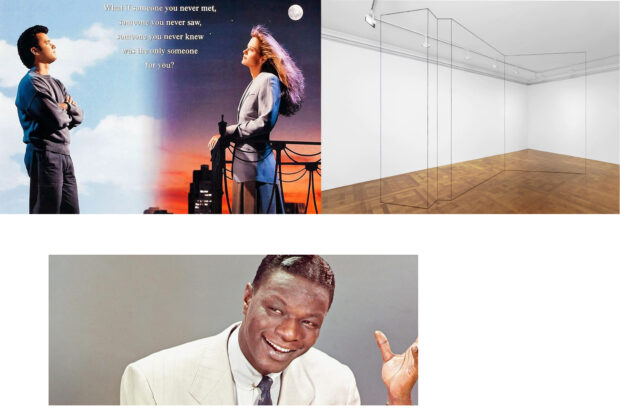


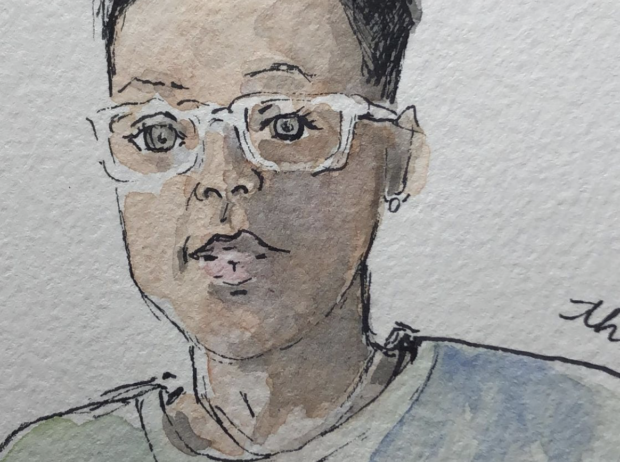
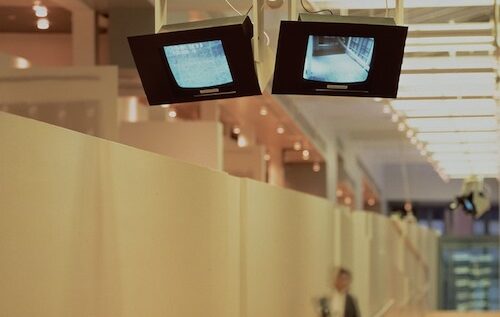

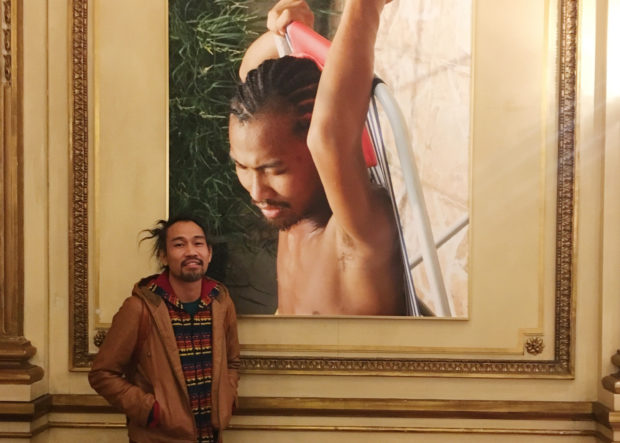
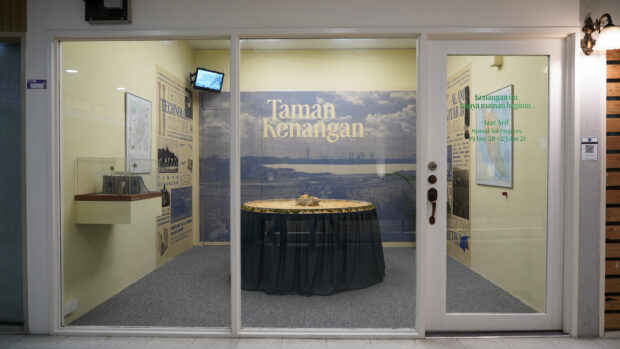
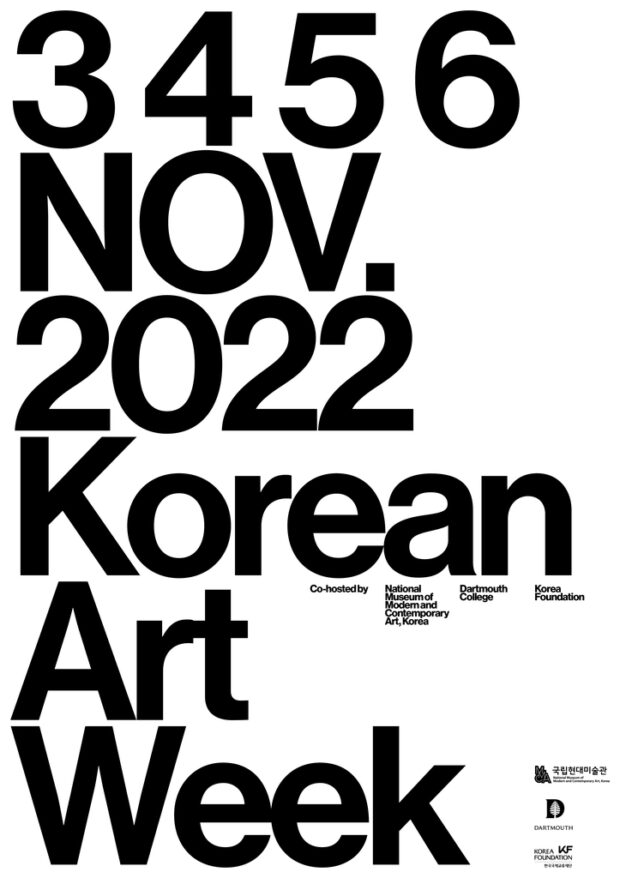


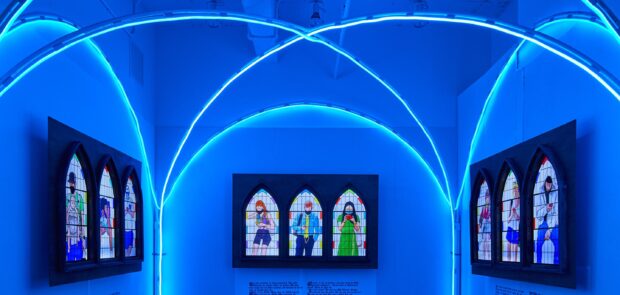

Be First to Comment